Mystery in the cold palace: Concubines go crazy or die, why is there still a prince born?
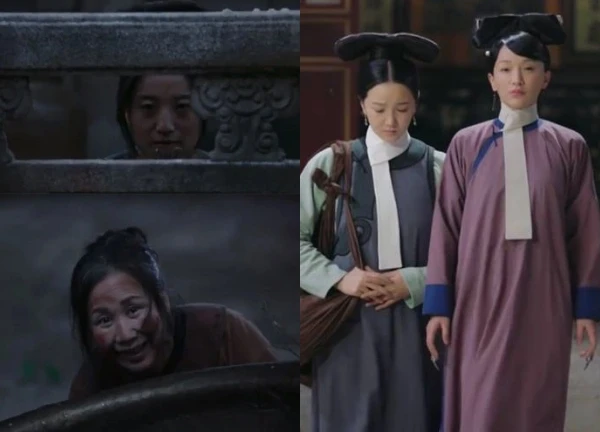
6 | 1 Discuss | Share
The Forbidden City is a historical site of Beijing. This is where you can feel the majesty and solemnity, an architectural work bearing the historical mark of ancient China. In addition, this place contains the mysterious story of 72 wells.
Historically, the wells in the Forbidden City were not used for drinking water due to concerns about pollution. The main reason was that the well water could be contaminated by the surrounding environment, especially in a crowded area like the palace, where garbage or toxic substances could seep into the water source. Therefore, many people did not dare to drink water from this place for fear of bad luck affecting their health.
According to ancient beliefs, the wells in the Forbidden City were associated with ghost stories or curses. At the same time, according to some legends, these wells were where concubines and palace maids were executed or committed suicide, making the water considered "unclean" spiritually. For example, the Zhenfei well (where the concubines of Emperor Guangxu were pushed down) is famous for its ghostly story, making people afraid. Therefore, no one in the living today dares to drink water from these wells for fear of disturbing the souls of the ancients.
In the complex political context of the imperial court, where intrigue and power struggles occurred frequently, the use of water from the palace wells could be considered dangerous because it could be easily poisoned. Therefore, the royal drinking water was always strictly controlled from a reliable source. Many concubines, wanting to harm each other, did not hesitate to pour poison into these wells, and to this day the source of the poison has seeped deep into the ground. Therefore, many people do not dare to drink the water here.
Today, all the wells in the Forbidden City are dug for other purposes, such as firefighting, watering plants, or as emergency reserves, rather than to provide drinking water. Therefore, when the water is not circulating, it is not safe to drink. In short, a combination of concerns about water quality, superstition, and security factors have prevented the well water in the Forbidden City from being used for drinking, despite the many wells that were built.
In addition to the creepy stories surrounding the ancient well, in the Forbidden City, there are many little-known secrets that are far from the movies. There is no specific place called the Cold Palace, but this scary place really existed during many dynasties.
This is where the emperor's concubines lived. However, only concubines who committed crimes or fell out of favor were banished to the cold palace. Many girls dreamed of living in the Forbidden City and the cold palace was the only place in the Forbidden City that terrified them. You won't find a specific place in the Forbidden City called the Cold Palace. However, this place did exist during the feudal dynasties of China.
In the history of the Chinese Imperial Palace, having many favored concubines was inevitable. Although an average Emperor had 70 to hundreds of concubines, only a few were truly cherished and promoted to high positions. The remaining concubines were often neglected or banished to dark places such as the cold palace or cold palace. The cold palace, although only a literary concept and not an official phrase, symbolized the loneliness and isolation of those who fell out of favor in the Imperial Palace. These were areas where no one dared to go, famous for their coldness and boredom, and many people lost their lives here or committed suicide because they could not bear the prolonged loneliness.
During the Ming and Qing dynasties, the Imperial Palace was divided into several areas, each with its own distinct function. Concubines lived in the 12 courtyards of the six palaces, while the Empress usually lived in large palaces such as Kunning Palace. However, the status of concubines in the Imperial Palace changed from dynasty to dynasty and according to the emperor's favor. Places such as Changchun Palace and Jingyang Palace were once where concubines who had fallen out of favor were imprisoned, causing indescribable pain in their lives.
With strict rules and constant changes, the Chinese Imperial Palace was a place of strictness and clear distinction between favored concubines and those who were forgotten. The positions in the Imperial Palace were not simply places to live but also symbols of the power and majesty of the king.
The concubine system was most evident during the Qing Dynasty. At nightfall, the emperor would decide who he would make love to. Each concubine had a green card with her name on it. When the emperor had dinner, a eunuch would display about 10 of these cards for the emperor to choose from. If he liked a concubine, the emperor would turn her card face down.
Among the concubines of Huang Taiji, at least three were of the same bloodline. They were either nieces or aunts. Emperor Shunzhi also married four women who were relatives, including nieces and aunts. Emperor Kangxi also had four concubines who were all descendants of the same family.
During the Qing Dynasty, the emperor's wives were divided into eight levels of high and low. The highest was the empress. These people were distributed to live in 13 palaces in the Forbidden City. The empress lived in the central palace. The emperors had different numbers of wives.
Many people think that since Chinese emperors often had multiple wives, the possibility of them having to "sleep alone" was unlikely. In fact, after a concubine was favored, she would have to return to her own palace. No concubine was allowed to stay overnight with the emperor. Of course, after each pleasure, the emperor would have to sleep alone until morning.
In Chinese movies, you often hear the person playing the king shout: "Execute him at Ngo Mon". In reality, no king beheaded his concubines or subjects at this place. Here, criminals were punished only by being whipped.
Many people think that the king will discuss matters during the morning court session. In fact, in the morning, the king will listen to memorials at the Can Thanh Palace and then discuss matters at the Thai Hoa Palace.
The Forbidden City, also known as the Imperial Palace, was the residence of many kings and royal families in feudal China. It was the palace of 24 dynasties from the Ming to the Qing dynasties. It was built in the 4th generation of King Yongle and was completed after 14 years of construction (in 1920). This is the best preserved palace in China and the oldest palace in the world. It has an extremely large area of up to 720,000m2, surrounded by gardens and temples with luxurious architecture.
In 1987, this place was recognized by UNESCO as a world cultural heritage. The Forbidden City is located in the center of Beijing. From outside the city wall, you have to travel 20km by car and 3km on foot.
This Beijing tourist destination holds many mysteries, as it is a very old place. Legend has it that this is a place that witnessed many crimes and the deaths of many people. That is why when it gets dark, the palace often echoes with strange sounds.
The site is also regularly guarded and has a trained team to guard the site. As the site has become more touristy, many of its items have been stolen, so it will be closed early to protect the artifacts.
The Forbidden City is so large and because it was built a long time ago, many places are seriously degraded and have not been repaired. Therefore, to ensure the safety of visitors and avoid unnecessary incidents, this place will be closed before dark.
Little known facts about the Forbidden City: Is the palace real? Shadows dancing in Thai Hoa Palace? 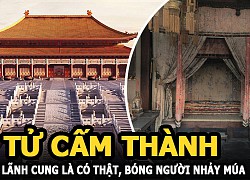 team youtube23:11:40 05/06/2021Beijing Ancient Palace, also known as the Forbidden City, is the palace of 24 dynasties from the middle of the Ming Dynasty to the end of the Qing Dynasty, built in the 4th year of the Ming Dynasty. Thanh To. During its 600 years of history, the Imperial Palace has brought with it...
team youtube23:11:40 05/06/2021Beijing Ancient Palace, also known as the Forbidden City, is the palace of 24 dynasties from the middle of the Ming Dynasty to the end of the Qing Dynasty, built in the 4th year of the Ming Dynasty. Thanh To. During its 600 years of history, the Imperial Palace has brought with it...

6 | 1 Discuss | Share

2 | 0 Discuss | Share
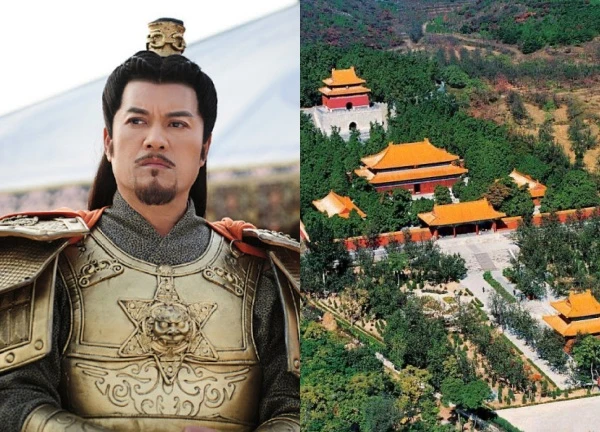
4 | 0 Discuss | Share

3 | 0 Discuss | Share

1 | 0 Discuss | Share
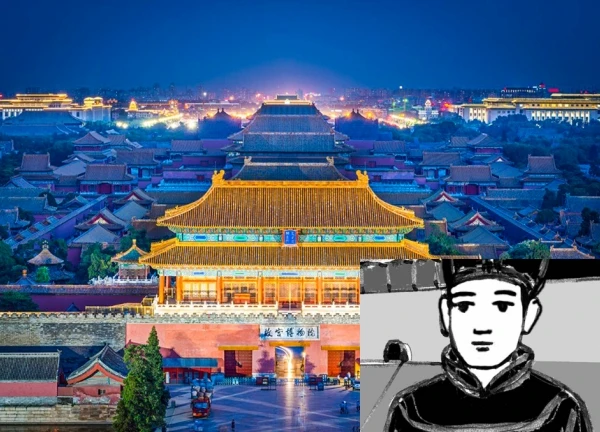
1 | 1 Discuss | Share
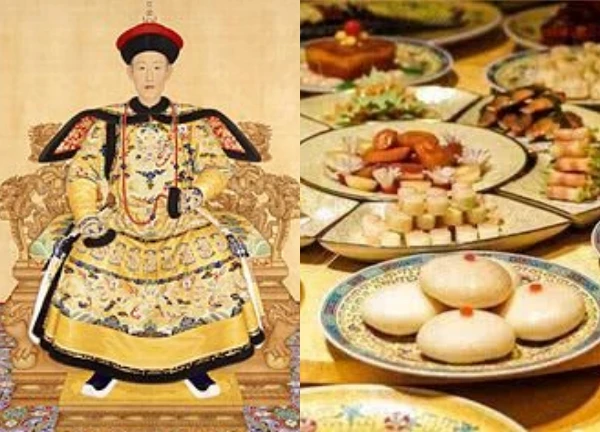
1 | 1 Discuss | Share
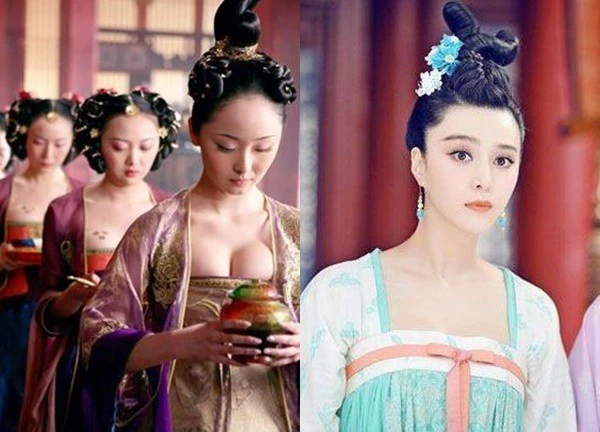
2 | 1 Discuss | Share
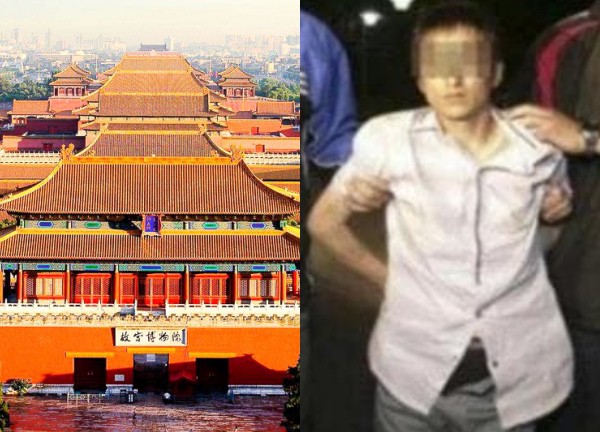
4 | 1 Discuss | Share
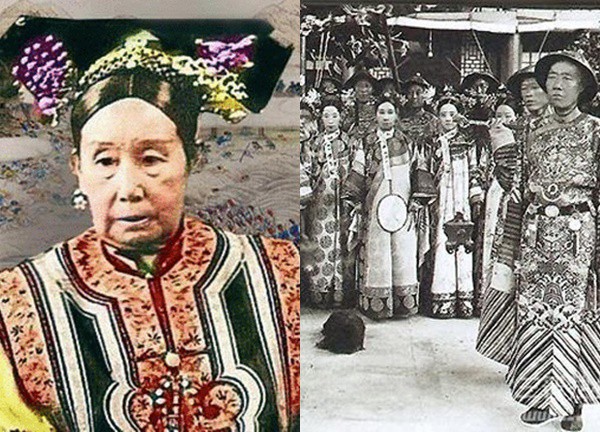
7 | 1 Discuss | Share

4 | 1 Discuss | Share
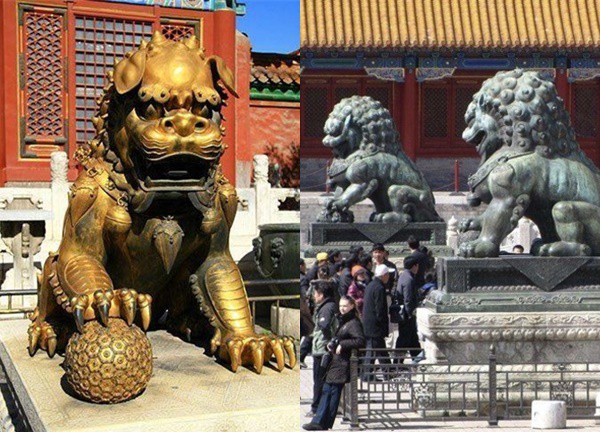
3 | 0 Discuss | Share










1 | 0 Discuss | Report